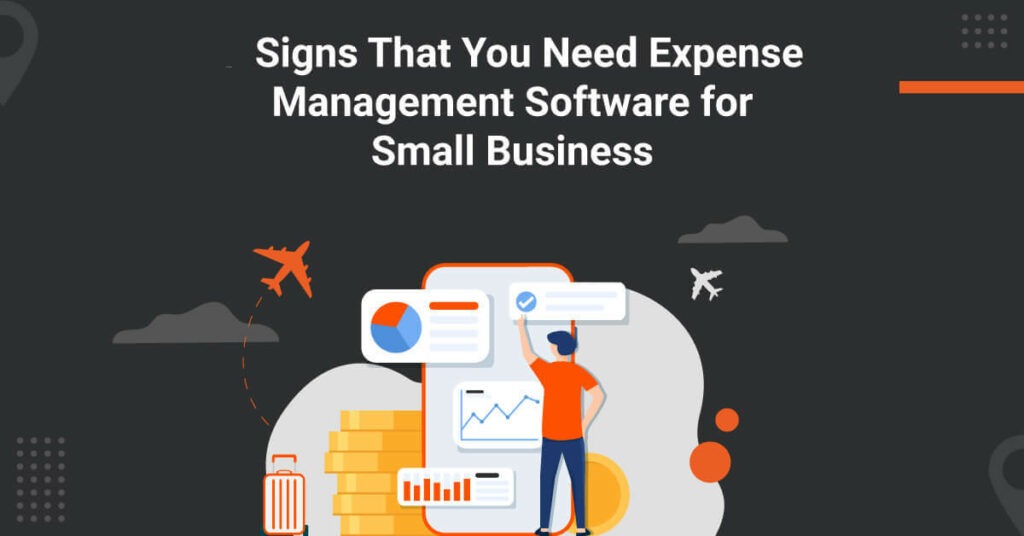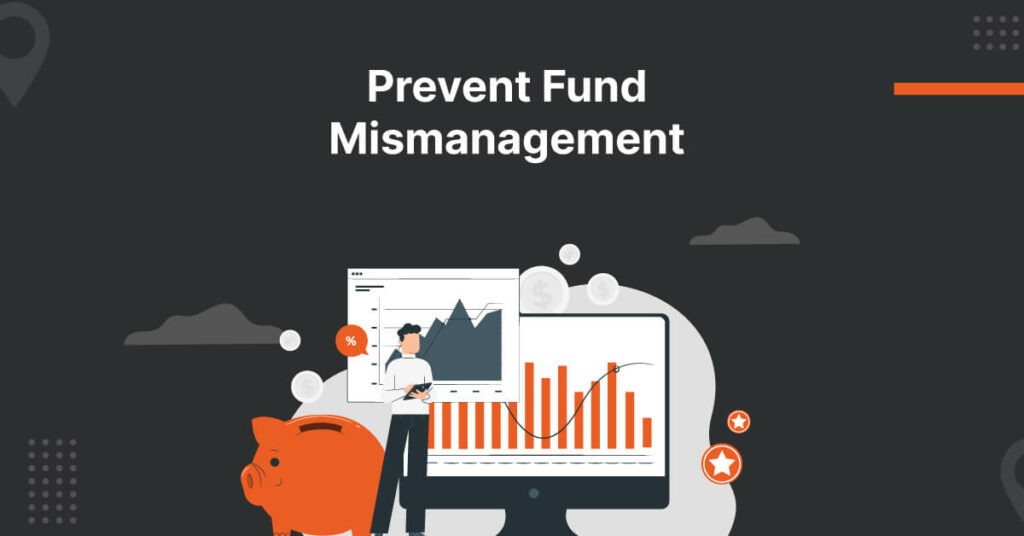
In today’s interconnected business landscape, effective communication is the cornerstone of success. Whether it’s staying in touch with clients, coordinating with remote teams, or simply keeping the wheels of your organization turning, telecom services are the lifeline of modern enterprises. Telecom Expense Management (TEM) is the key to managing these essential services efficiently and cost-effectively.
Managing expenses in the telecom sector is not a piece of cake. You need to partner with telecommunications expense management companies or invest in a state-of-the-art telecommunications expense management software.
Let’s understand how to optimize expense management in telecom sector.
What is Telecom Expense Management?
TEM is a comprehensive approach to controlling, optimizing, and managing an organization’s telecommunications-related expenses. It encompasses the processes required to oversee all aspects of a business’s telecom services.
Types of Expenses Involved in Telecom
Telecom expenses are multifaceted and can encompass a variety of elements within an organization’s communication infrastructure. Here are the primary types of expenses involved in telecom:
- Fixed-Line Services: These include expenses related to traditional landline services, which are commonly used for voice communication. Fixed-line costs may involve service fees, long-distance charges, and equipment leasing.
- Mobile Services: Expenses associated with mobile phones and devices, including monthly service charges, data plans, voice and text services, and the cost of mobile devices.
- Data Services: This category encompasses expenses related to internet connectivity, data plans, and leased lines for both wired and wireless connections.
- Cloud Communication Services: Expenses associated with cloud-based communication services, such as VoIP (Voice over Internet Protocol), conferencing solutions, and unified communications platforms.
- Hardware and Equipment: Costs associated with purchasing and maintaining telecom equipment, including phones, switches, routers, and other infrastructure components.
- Software and Licensing: Expenses related to software applications, licenses, and subscriptions that support communication and collaboration within an organization.
- Miscellaneous Charges: These include additional fees, taxes, and surcharges associated with telecom services, as well as any one-time or unexpected charges.
Challenges in Expense Management in Telecom
While TEM offers numerous benefits, it’s not without its challenges. Here are some of the hurdles businesses often face when managing their telecom expenses:
- Complexity: The telecom ecosystem is intricate, with various services, providers, and plans. Keeping track of all the intricacies can be overwhelming.
- Inaccurate Invoices: Billing errors are common in the telecom industry. Incorrect charges can lead to overpayments, which businesses may not even notice.
- Changing Technologies: Constant advancements in telecom technologies make it challenging to stay up-to-date and optimize services effectively.
- Employee Usage: Managing how employees use telecom services is a struggle. Overspending often occurs when employees have little awareness or incentive to economize.
- Lack of Visibility: Many businesses lack a comprehensive view of their telecom expenses, making it difficult to identify areas for improvement.
- Security Concerns: As data breaches become more prevalent, ensuring the security of sensitive information transmitted through telecom services is paramount, yet it can be complex to achieve.
The Importance of Expense Management in Telecom for Businesses
TEM is indispensable for businesses. It’s a critical component of any organization’s financial strategy.
- Cost Control: Telecom expenses can quickly spiral out of control, especially in larger organizations. Expense management in telecom helps businesses monitor and control these costs, ensuring that every dollar spent on telecom services is justified.
- Optimized Resources: With TEM, businesses can identify more cost-effective alternatives. This leads to resource optimization and reduced waste.
- Data Security: The telecom landscape is increasingly data-driven. TEM helps protect sensitive information by ensuring compliance with data security regulations and monitoring for vulnerabilities.
- Vendor Management: Dealing with multiple telecom service providers can be a logistical nightmare. TEM simplifies vendor management, making it easier to negotiate contracts and hold providers accountable.
- Strategic Decision-Making: TEM provides valuable insights into telecom spending patterns. This data empowers businesses to make informed decisions regarding future investments and cost-saving initiatives.
Essential Telecom Expense Management Metrics
In TEM, tracking key metrics is essential for gaining a clear understanding of expenses, usage, and efficiency. Some of the key metrics include:
- Cost per User: This metric calculates the total telecom expenses divided by the number of users. It helps in understanding the average cost of providing telecom services to each employee, which can vary depending on the organization’s size and usage patterns.
- Cost per Device: Similar to cost per user, cost per device divides the total expenses by the number of devices, providing insights into how efficiently the organization is utilizing its devices.
- Cost per Service: This metric calculates the total expenses associated with a specific telecom service, such as mobile, data, or fixed-line services, divided by the total number of units of that service. It offers a granular view of service-specific expenses.
The TEM Optimization Process
Audit and Analysis
When you start managing your telecom expenses, the first thing to do is audit your existing expenses. This step is super important because it helps you really understand how much you’re spending on telecom and how you’re using it. There are a few good reasons for doing this:
- Auditing helps you find any hidden costs or billing mistakes that you might not notice otherwise. This way, you make sure you’re only paying for what you should.
- It also helps you see if there are services you’re paying for but not using much. That’s a chance to change your service plans and save some money.
- Plus, auditing makes sure you’re following the rules and keeping things secure, which is extra important these days with data protection regulations. So, auditing is the first step to managing your telecom expenses well.
Cost Reduction
To bring down your telecom costs effectively, you can use some smart strategies. If you talk to your service providers, you might be able to get better rates, pay fewer fees, or even get extra services without spending more. This is easier if you have a good relationship with your providers, and it’s also about being competitive in the market.
Another simple but powerful way is to get rid of services you don’t need. If you find things you’re not really using, cutting them out can save you a lot of money.
It’s also a good idea to keep things simple by using fewer service providers. This can make it easier to manage your telecom services, give you more bargaining power, and reduce the work you need to do, which saves time and effort.
You can also consider partnering with telecommunications expense management companies to get expert support with cost reduction.
Automation
Using technology to manage your telecom expenses is a big help. Telecommunications expense management software makes everything easier by handling tasks like managing invoices and tracking expenses. These tools do a lot of the work for you, reducing the need for manual effort and making sure things are accurate.
There are also tools that keep an eye on how you use telecom services in real time. They show you patterns in usage, expenses, and even where you might save money. This helps you make smart decisions about your telecom expenses as things are happening.
Best Practices for Telecom Expense Management
Invoice Verification
Invoice verification allows you to check your telecom bills for mistakes or overcharges. This practice helps you avoid paying more than you should and keeps your budget on track. Pay close attention to the details and consider using telecommunications expense management software to ensure your telecom costs are clear and in line with your contracts.
Policy and Compliance Management
To make sure everyone follows TEM policies, it’s important to communicate them clearly. You must also provide regular training if needed. By enforcing these policies and adapting them as technology changes, you’ll help keep costs in check and data secure.
Choose Itilite for Telecom Expense Management
Are you looking to take your TEM to the next level? Look no further – Itilite is here to revolutionize how you manage your telecom expenses.
Maximize Savings with Comprehensive Analysis
With itilite, you’ll experience a whole new level of savings. We provide a comprehensive analysis of your telecom spending. No more hidden costs, no more unexpected overcharges. You get to optimize your budget with confidence. Imagine the peace of mind that comes from knowing every dollar you spend on telecom services is justified.
Customized Reporting, Your Way
Why settle for one-size-fits-all when you can have tailored solutions? itilite offers you customized reporting designed to fit your unique needs and preferences. Gain deep insights into your telecom expenses with reports that matter to you.
100% Policy Compliance, No Exceptions
Itilite ensures that you maintain 100% policy compliance without exceptions. We’ll help you set the policies, and then we’ll make sure everyone follows them.
Why wait to take advantage of this opportunity? Book a demo to explore these benefits today.














